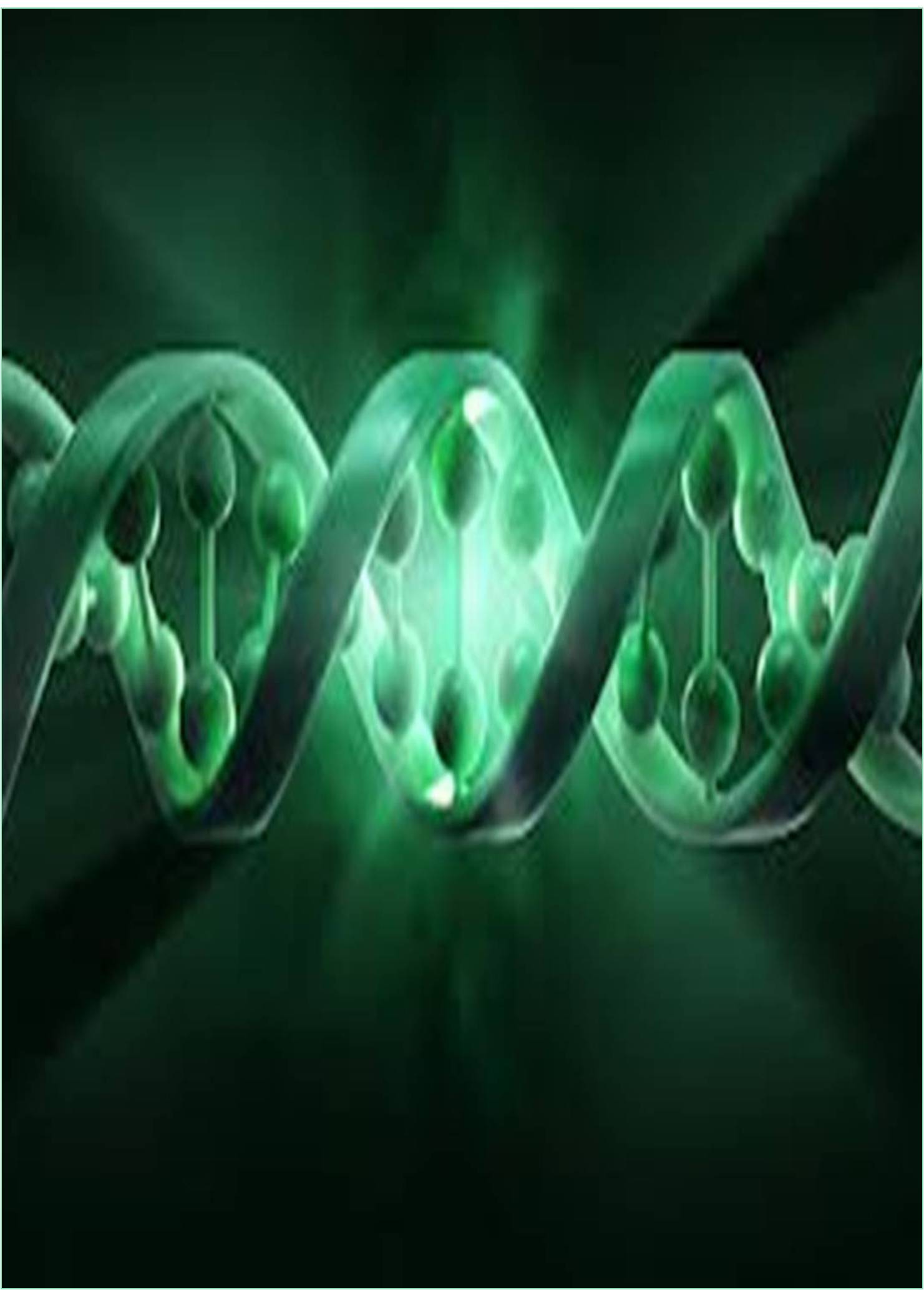



Received: 29-Nov-2022, Manuscript No. GJMEG-22-82835; Editor assigned: 01-Dec-2022, Pre QC No. GJMEG-22-82835(PQ); Reviewed: 15-Dec-2022, QC No. GJMEG-22-82835; Revised: 22-Dec-2022, Manuscript No. GJMEG-22-82835(R); Published: 29-Dec-2022, DOI: 10.15651/GJMEG.22.08.015
One of the most significant legumes farmed worldwide is the soybean. It supplies more than 57% of oilseed and around 60% of the protein obtained from vegetables. With a value estimated to be more than $35 billion in the United States, soybean biofuel has recently grown in popularity. A new soybean variety's ability to satisfy the needs of end users depends on a variety of traits. where yield, plant height, seed weight, and maturity are important factors. In their pipeline for cultivar improvement, soybean breeders have been concentrating on enhancing these qualities. Early in the breeding process, highly heritable qualities like maturity are chosen, but complex traits like yield are examined later (Negrini, et al., 2010). The enhancement of important agricultural features might be done more quickly thanks to the quick development of genomic- related tools and DNA sequencing technology.
A sophisticated set of methods, including Genome-Wide Association Studies (GWAS) and Genomic Selection (GS), can help us understand the genetic architecture underlying complex traits that are significant in agriculture. To find markers connected to soybean agronomic traits, GWAS has been carried out. More than 60 loci discovered by GWAS have been reported to date to be linked to soybean maturity. The distribution of these loci across the soybean genome, with chromosome 16 having the greatest number of important loci. Candidates for controlling soybean maturity include Glyma11g14150, Glyma16g02840, and Glyma16g03580. E1-E10 and J are the loci affecting soybean maturity that have been described the most (Hanahan, et al., 2011).
Additionally, efforts have been made to use GWAS to find important loci affecting plant height in soybean. Utilizing GWAS, 68 loci affecting plant height have recently been found. 19 of the 68 loci that were shown to be associated with plant height were located on chromosome 19. Glyma09g34601, Glyma10g08930, Glyma12g00320, Glyma16g06333, Glyma16g25570, Glyma17g36350, Glyma18g49080, Glyma19g37180, Glyma.13g362300, Glyma.13g365500, Glyma.02g155600, Glyma. 19g196000, Glyma19g37890, Dt1, LOC100789162, LOC100787543, LOC100786140, LOC100804065, LOC100777767, LOC100810047, LOC100804944, and LOC100788304.
Molecular indicators connected to soybean seed weight have previously been studied. More than 95 loci were found to be involved in determining seed weight overall, with 12 of those loci located on chromosome 4. As prospective candidate genes for seed weight in soybean, researchers have identified Glyma11g03360, Glyma11g03430, Glyma11g05760, Glyma18g05240, Glyma18g43500, Glyma18g43500, Glyma.03g166700, Glyma.11g164700, Glyma.11g164700, LOC100784416, Glyma05g09390 (Yang, et al., 2013).
It has been demonstrated that GWAS is effective at finding molecular markers linked to soybean yield. Four Single Nucleotide Polymorphisms (SNPs) were discovered to be linked with yield by GWAS across diverse settings and 219 soybean accessions in total. Nearby to these Single Nucleotide Polymorphisms (SNPs) were discovered the candidate genes Glyma.13g073900, Glyma.06g050300, Glyma.03g169700, and Glyma.03g171900 (Campbell, 2020). In order to conduct a GWAS for yield, 139 different soybean accessions were genotyped using the BARCSoySNP6K. This revealed a total of six significant SNPs linked to yield, of which four were found on chromosome 12. Another study identified six important loci that are linked to soybean yield.
Three years were spent assessing the plant height, maturity, seed weight, and yield of several soybean accessions. These agronomic characteristics must be improved in a breeding programme for soybeans. In the soybean seed market, soybean varieties with strong agronomic performance might be quite competitive. The main focus of a soybea breeding programme has been on developing high-performing cultivars for soybean growers (Carvalho, et al., 2011). In this study, considerable variations in genotypes were found for plant height, maturity, seed weight, and yield. Additionally, the year effect had a big impact. An evaluation of a potential genotype by year interaction impact was not attainable with the research strategy used in this study.
Campbell PJ. (2020). Pan-cancer analysis of whole genomes. Nature. 578:82-93. [Crossref] [Google Scholar] [PubMed]
Carvalho C, Ramocki MB, Pehlivan D, Franco LM, Gonzaga-Jauregui C, Fang P, McCall A, Pivnick EK, Hines-Dowell S, Seaver LH, Friehling L. (2011). Inverted genomic segments and complex triplication rearrangements are mediated by inverted repeats in the human genome. Nat Genet. 43(11):1074-1081. [Crossref] [Google Scholar] [PubMed]
Hanahan D, Weinberg RA. (2011). Hallmarks of cancer: the next generation. Cell. 144:646-674. [Crossref] [Google Scholar] [PubMed]
Negrini S, Gorgoulis VG, Halazonetis TD. (2010). Genomic instability—an evolving hallmark of cancer. Nat Rev Mol Cell Biol. 11(3):220-228. [Crossref] [Google Scholar] [PubMed]
Yang L, Luquette LJ, Gehlenborg N, Xi R, Haseley PS, Hsieh CH, Zhang C, Ren X, Protopopov A, Chin L, Kucherlapati R. (2013). Diverse mechanisms of somatic structural variations in human cancer genomes. Cell. 153(4):919-929. [Crossref] [Google Scholar] [PubMed]